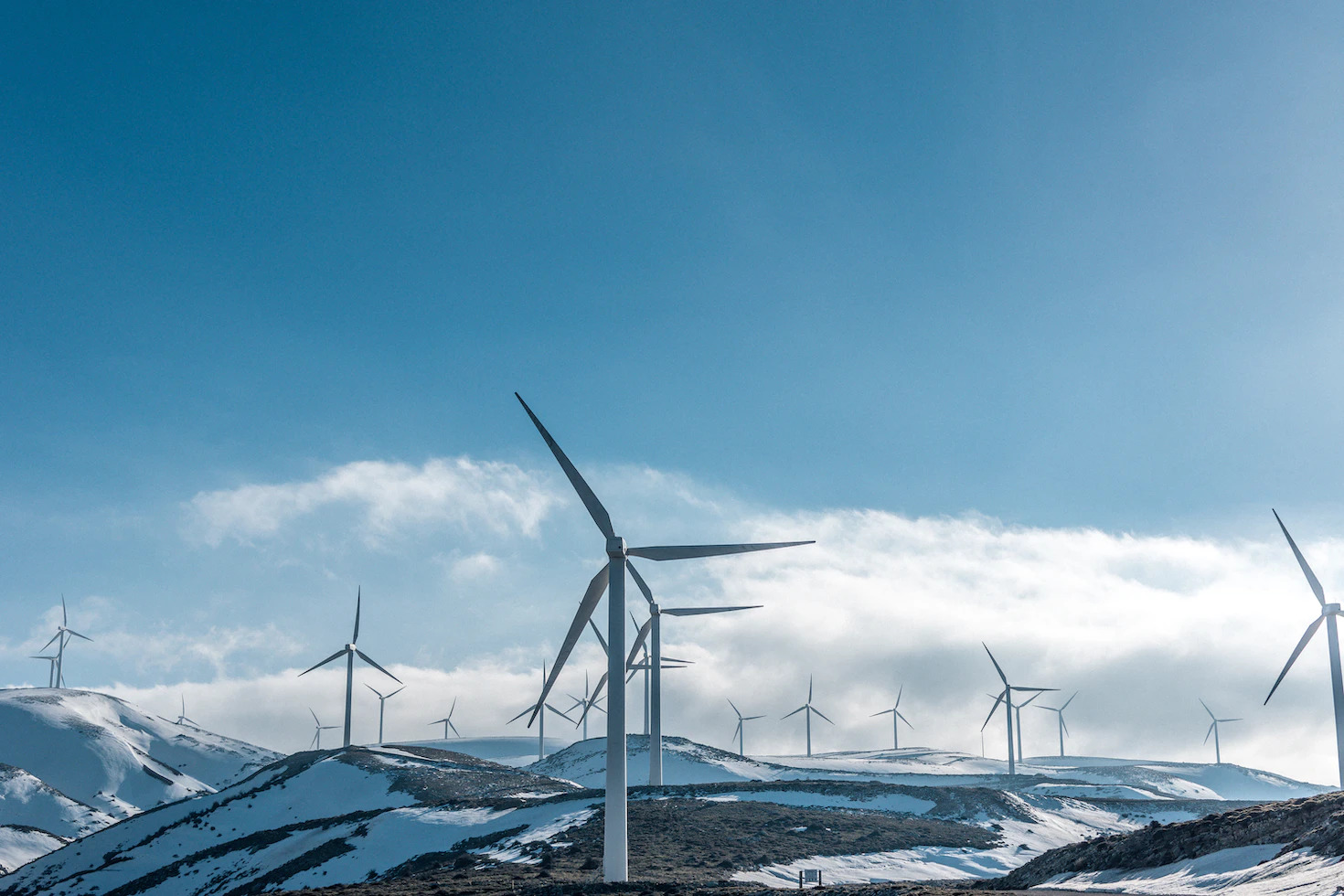Harnessing the Breeze: The Future of Wind Energy
As the world shifts toward cleaner, more sustainable energy sources, wind power is emerging as a key pillar of the global energy transition. With rapidly advancing technology, declining costs, and growing political and public support, wind energy is set to play a central role in the decarbonization of power systems. This article explores the innovations, opportunities, and challenges that define the future of wind energy.
From Ancient Windmills to Modern Turbines
The harnessing of wind power is not new. For centuries, humans have used windmills to grind grain, pump water, and power early machinery. Today’s wind turbines, however, are marvels of modern engineering. Towering up to 300 meters and equipped with AI-driven systems, these machines convert kinetic energy from the wind into clean, renewable electricity at an unprecedented scale and efficiency.
Over the past few decades, wind energy has evolved from a niche technology into a mainstream power source. Countries like Denmark, Germany, the United States, and China have made substantial investments in both onshore and offshore wind farms, demonstrating the vast potential of wind as a sustainable solution.
Onshore vs. Offshore Wind
Wind energy development falls into two categories: onshore and offshore. Onshore wind farms are typically located in rural or mountainous areas with consistent wind flow. They are easier and cheaper to install but often face land use restrictions and public opposition due to noise or visual impact.
Offshore wind farms, on the other hand, are built in coastal or deep-sea waters where winds are stronger and more reliable. Though more expensive to install and maintain, offshore wind offers greater energy yields and avoids many of the land-use conflicts faced by onshore systems. Floating turbine technology is further expanding possibilities by enabling deployment in deeper waters.
Technological Innovations Powering the Future
Recent breakthroughs are propelling wind energy into new territory. Turbine efficiency has dramatically improved thanks to taller towers, longer blades, and smarter control systems. Modern turbines can adjust blade angles in real time to optimize performance under varying wind conditions.
Digital technologies such as AI and IoT sensors are enabling predictive maintenance, minimizing downtime, and reducing operating costs. Robotics and drones are being used to inspect blades and conduct repairs, making wind farm operations safer and more efficient.
Energy Storage and Grid Integration
One of the major challenges facing wind energy is intermittency—winds do not blow consistently, which can lead to fluctuations in energy supply. To address this, advanced battery storage systems and grid management tools are being developed to store excess energy and deliver it when demand is high or wind output is low.
Hybrid systems that combine wind with solar or hydroelectric power, as well as integrated microgrids, are emerging as flexible solutions for balancing supply and demand. Smart grids equipped with AI and real-time analytics are helping utilities manage renewable energy inputs more effectively.
Global Expansion and Market Trends
Wind energy is growing rapidly worldwide. According to the Global Wind Energy Council, the world added over 100 GW of new wind capacity in 2023 alone. China remains the global leader in installed capacity, followed by the U.S., Germany, India, and Spain.
Emerging markets in Latin America, Africa, and Southeast Asia are also accelerating wind adoption due to declining costs and increasing energy demand. Government incentives, international climate agreements, and corporate sustainability goals are further driving investment in wind infrastructure.
Economic and Environmental Benefits
Wind energy offers significant economic advantages. It creates thousands of skilled jobs in manufacturing, installation, and maintenance. It also stabilizes energy prices by reducing reliance on imported fossil fuels and insulating consumers from volatile markets.
From an environmental standpoint, wind power produces no greenhouse gas emissions during operation and has one of the lowest life-cycle carbon footprints of any energy source. Land beneath turbines can often still be used for agriculture, making wind farms a dual-use solution in rural areas.
Challenges and Limitations
Despite its many advantages, wind energy faces obstacles. Installation costs, though declining, remain high for offshore projects. Permitting and regulatory delays can stall progress, and community resistance can arise over concerns about aesthetics, wildlife impacts, and noise.
There is also the issue of material sustainability—turbine blades are typically made of composite materials that are difficult to recycle. The industry is investing in circular economy solutions, including recyclable blade designs and end-of-life management strategies, to reduce its environmental footprint.
Policy and the Path Forward
Policy support will be critical to wind energy’s continued growth. Streamlining permitting processes, offering stable subsidies, and investing in transmission infrastructure are essential steps governments can take to accelerate deployment. Collaboration between public and private sectors can also spur innovation and funding for new technologies.
Cross-border energy trade and regional power grids can help integrate wind energy across wider geographic areas, balancing fluctuations and reducing costs. International cooperation on research, standards, and best practices will be key to scaling wind energy sustainably and equitably.
Conclusion: Riding the Winds of Change
Wind energy stands at the forefront of the clean energy revolution. As technology advances and infrastructure matures, wind will become even more efficient, scalable, and affordable. With the right investments and policies in place, the world can harness the breeze to power industries, communities, and economies for generations to come.
The future of wind energy is not just about turbines and transmission—it’s about resilience, innovation, and a collective commitment to a cleaner, greener planet. As we ride the winds of change, wind energy offers both a challenge and a promise: to transform how we power the world.
